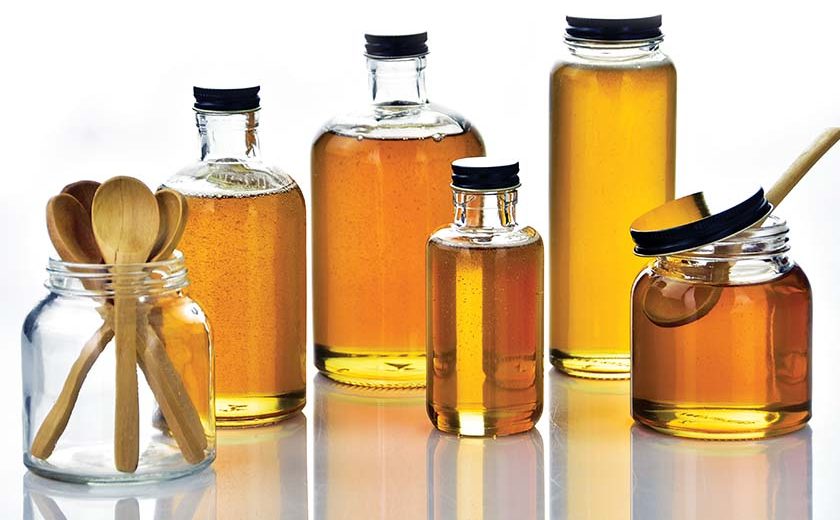Did you know there’s such a thing as “fake” honey? If we use a Swiss watch analogy, buying this honey would be like buying a Rolex thinking it was 100% genuine only to find that it was fitted with a bunch of aftermarket parts and worth nowhere near the amount you paid for it.
Materials commonly used in fake honey include molasses, sugar syrup, flour and starch.
Why Should You Care?
What exactly is it about impure honey that should make your nose curl? For one, you’re paying for something that you’re ultimately not getting. Food Safety News found that in many cases, this honey is coming from China or India.
Alarmingly, it is sometimes even tainted with illegal antibiotics and heavy metals. So you should absolutely care that much of the honey in your grocery stores is really anything but.
How Do You Test For Fake Honey?
There are a variety of methods you can use to see just how pure – or impure – the honey you have at home really is. I’ll walk you through a few of them.
- The Thumb Test.
Pour a little dab of honey on your thumb and see if it sticks. If it does, that’s real honey — fake honey will run. - The Water Test.
You can also test honey using a glass of water. Add a tablespoon of honey to the glass and see if it dissolves or sinks to the bottom. If it sinks, it’s real honey! - The Fire Test.
Real honey is also flammable — stick a dry match in it and then try to light it.
If it’s fake, it won’t spark thanks to the amount of moisture in it.
All in all, you are far better off buying honey from a smaller bee farmer than you are from your supermarket. At least then you’ll know for certain what you’re getting, unlike with many imported products.


